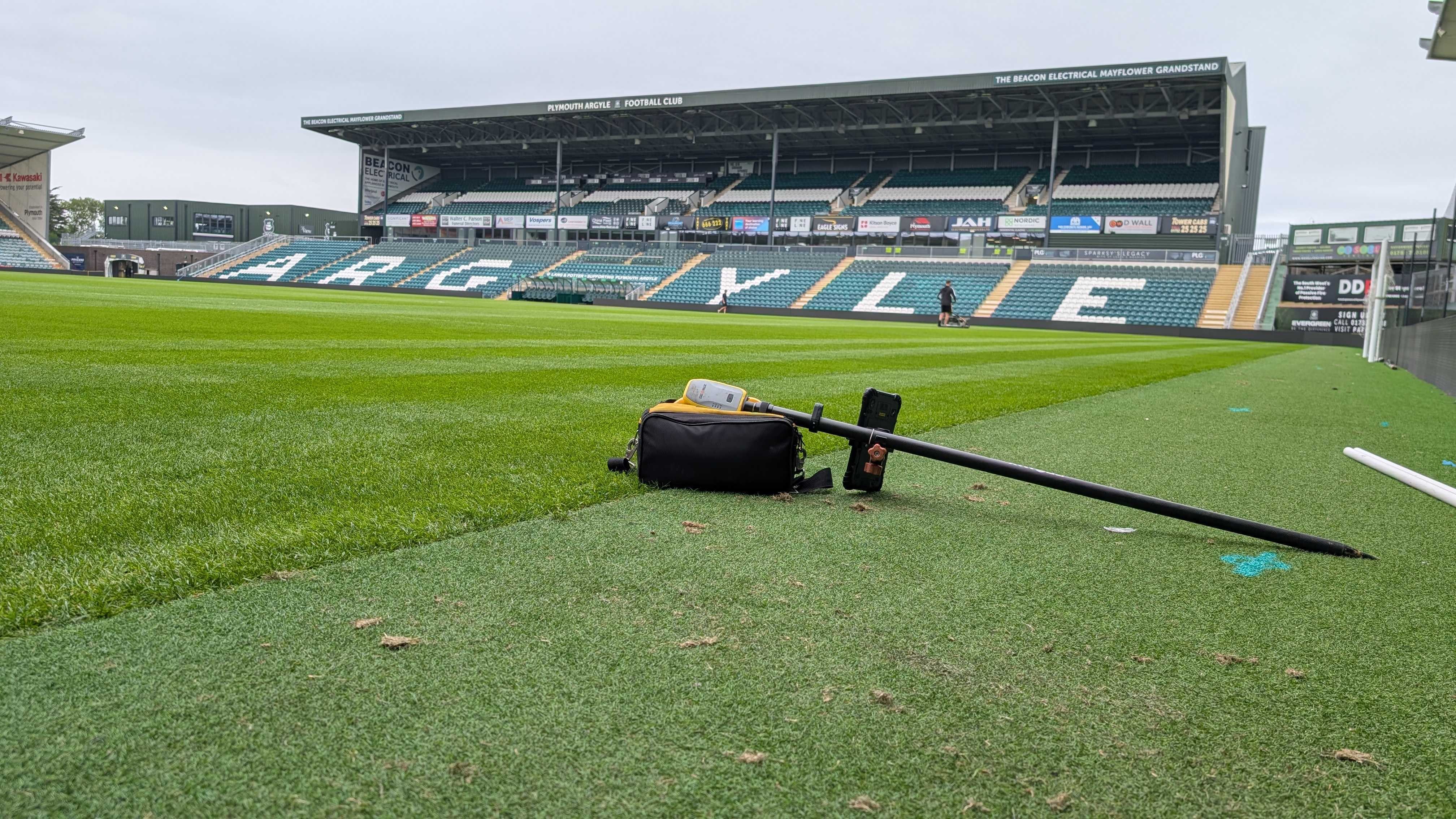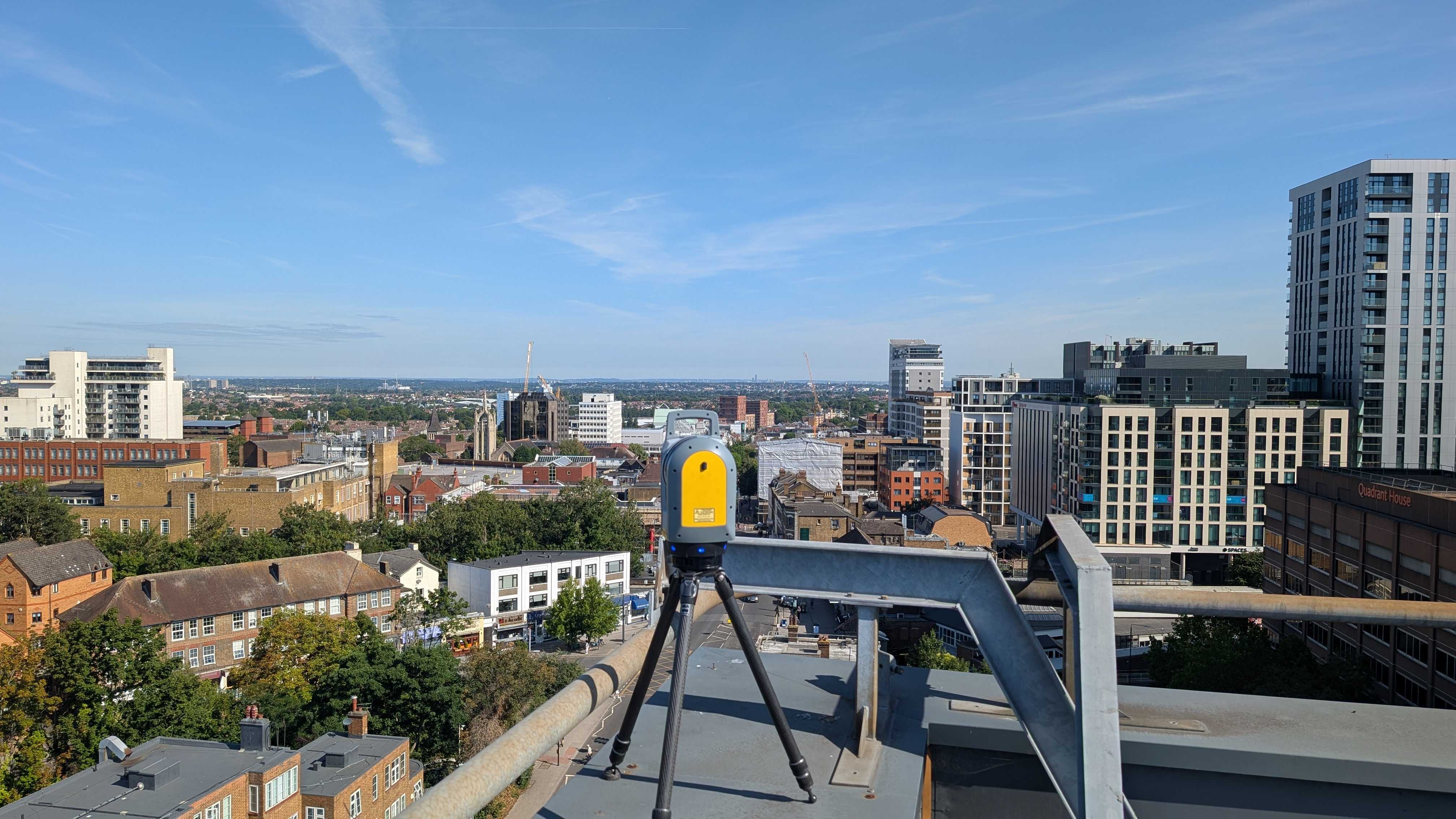One of the most critical aspects of site accuracy lies in the proper use of gridlines, datums, and finished floor levels (FFLs).
When applied correctly, they ensure that all parts of the project are perfectly aligned, avoiding costly errors and delays. However, misunderstanding or misapplying these elements can lead to significant alignment issues, cascading problems throughout the entire construction process.
This blog will explore the vital role gridlines, datums, and FFLs play in construction accuracy and why mastering their use is key to a successful build.
What are Gridlines, Datums, and FFLs?
Gridlines, datums, and finished floor levels (FFLs) are key elements in the process of being accurate, each serving a unique purpose.
Gridlines are reference lines established on a construction site that create a systematic framework for the layout of a building or structure. Typically marked out in a grid pattern, these lines help define the locations of walls, columns, and other critical elements. By providing a clear visual guide, gridlines enable construction teams to ensure that all components are accurately positioned relative to one another.
Datums refer to fixed reference points used for measuring vertical and horizontal positions throughout the site. Establishing a datum is essential for maintaining consistent elevation across a construction area. It serves as the foundation for all measurements, ensuring that every aspect of the build aligns with the original design specifications.
Finished Floor Levels (FFLs) indicate the final height of a floor once construction is complete. FFLs are critical for determining the vertical alignment of a building, ensuring that all floors are at the correct height and that transitions between different levels are smooth. Accurately establishing FFLs is vital for a variety of reasons, including compliance with building codes, proper drainage, and aesthetic considerations.
The Critical Role of Gridlines, Datums, and FFLs in Construction Accuracy
Each of these elements plays a crucial role in ensuring that every component of a project is positioned correctly, minimising the potential for errors and misalignments.
Gridlines serve as the foundational reference for horizontal alignment across the construction site. When builders rely on a well-defined grid system, they can accurately measure distances and ensure that each component fits together as intended. This reduces the risk of costly rework and delays caused by misalignment, allowing construction teams to maintain a consistent workflow.
Datums are equally important, as they establish a reliable reference point for all vertical measurements. Without a proper datum, discrepancies in vertical measurements can lead to significant structural issues, including improper load distribution and misaligned components. A well-established datum acts as the backbone for all height-related calculations, helping to ensure that the building remains structurally sound and compliant with design specifications.
Finished Floor Levels (FFLs) play a crucial role in maintaining the vertical integrity of a construction project. Deviations from the intended FFL can result in a range of problems, including drainage issues, accessibility concerns, and aesthetic inconsistencies. By prioritising precise FFL measurements, construction teams can avoid costly adjustments later in the project lifecycle, ultimately leading to a smoother and more efficient construction process.
So, what are the impacts of not using these setting-out options?
The Consequences of Misunderstanding or Misapplying Gridlines, Datums, and FFLs
Misunderstanding or misapplying these foundational elements can have major consequences, affecting not only the immediate task at hand but also the overall integrity of the structure being built.
One of the most significant risks of misapplying gridlines is the potential for misalignment. If gridlines are inaccurately marked or interpreted, it can lead to walls, columns, and other structural components being positioned incorrectly.
Similarly, misunderstanding datums can have serious repercussions. If a datum is established incorrectly or fails to account for site-specific conditions, such as topography or existing structures, the vertical measurements throughout the project can be thrown off. This misalignment can lead to structural issues, such as improper load distribution or the need for additional supports to compensate for inaccuracies.
These misalignments often necessitate costly corrective measures, further straining project budgets and timelines.
How Accurate Setting Out Mitigates Risk and Ensures Success
Accurate setting out is the foundation of a successful construction project. When gridlines, datums, and finished floor levels (FFLs) are correctly established and applied, they ensure that every component of a building aligns with the design intent, significantly reducing the risk of errors.
Every phase of your project will benefit from increased accuracy, from initial excavation to the final stages of construction. This results in a smoother workflow, fewer unexpected delays, and a higher quality final product.
Don’t let preventable errors compromise your project. If you’re ready to take control of your project’s accuracy and success, contact us today to learn how our expert setting out services can bring your vision to life.
FAQs
1. What is the purpose of gridlines in construction?
Gridlines are reference lines marked on the construction site that create a framework for accurate placement of walls, columns, and other structural components, ensuring proper horizontal alignment.
2. Why are datums essential in construction?
Datums serve as fixed reference points for measuring vertical and horizontal positions, ensuring consistent elevation and accurate height measurements across the project site, maintaining structural integrity.
3. What happens if Finished Floor Levels (FFLs) are not accurately set?
Incorrect FFLs can lead to drainage problems, accessibility issues, and aesthetic inconsistencies, which may require costly adjustments later in the construction process.









